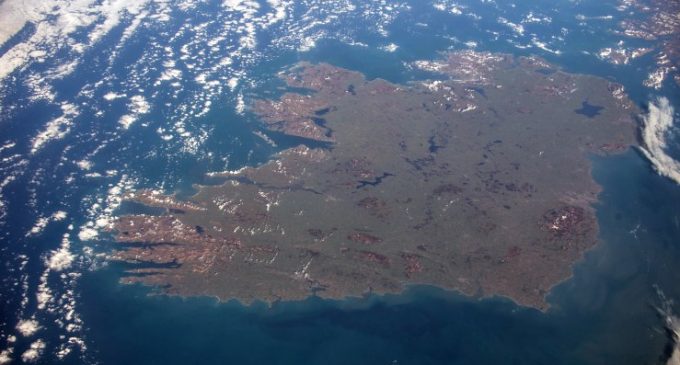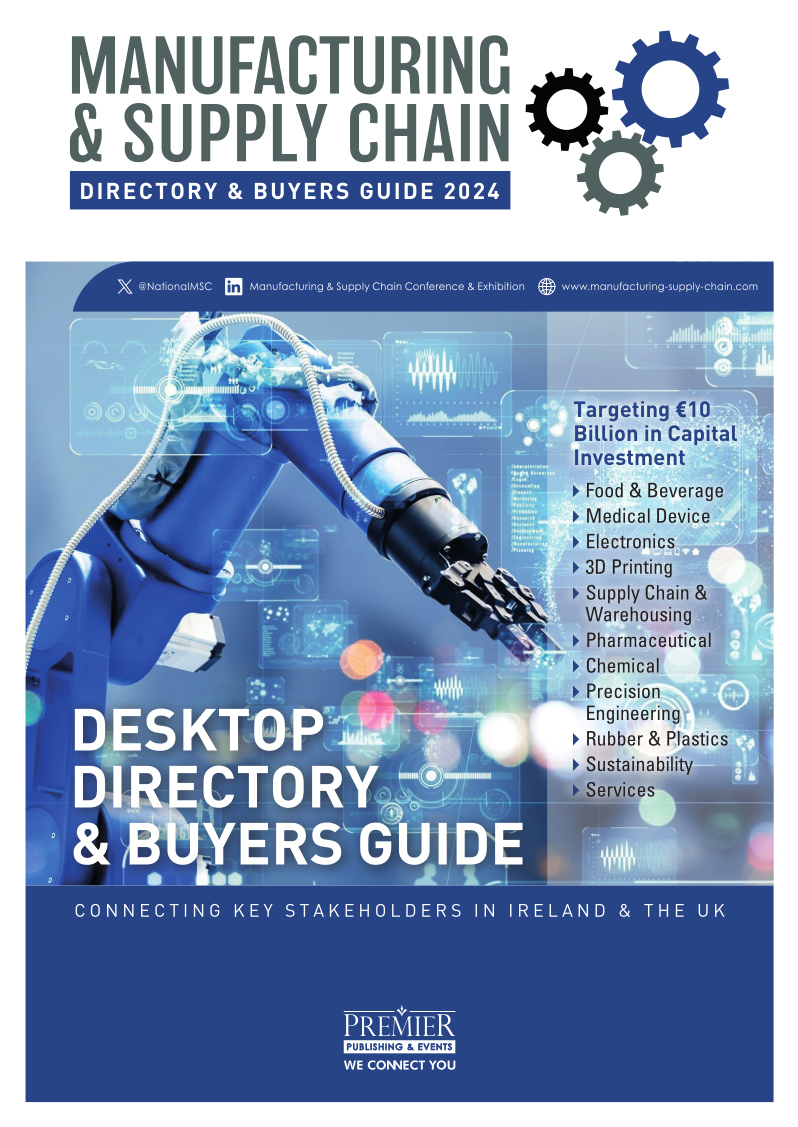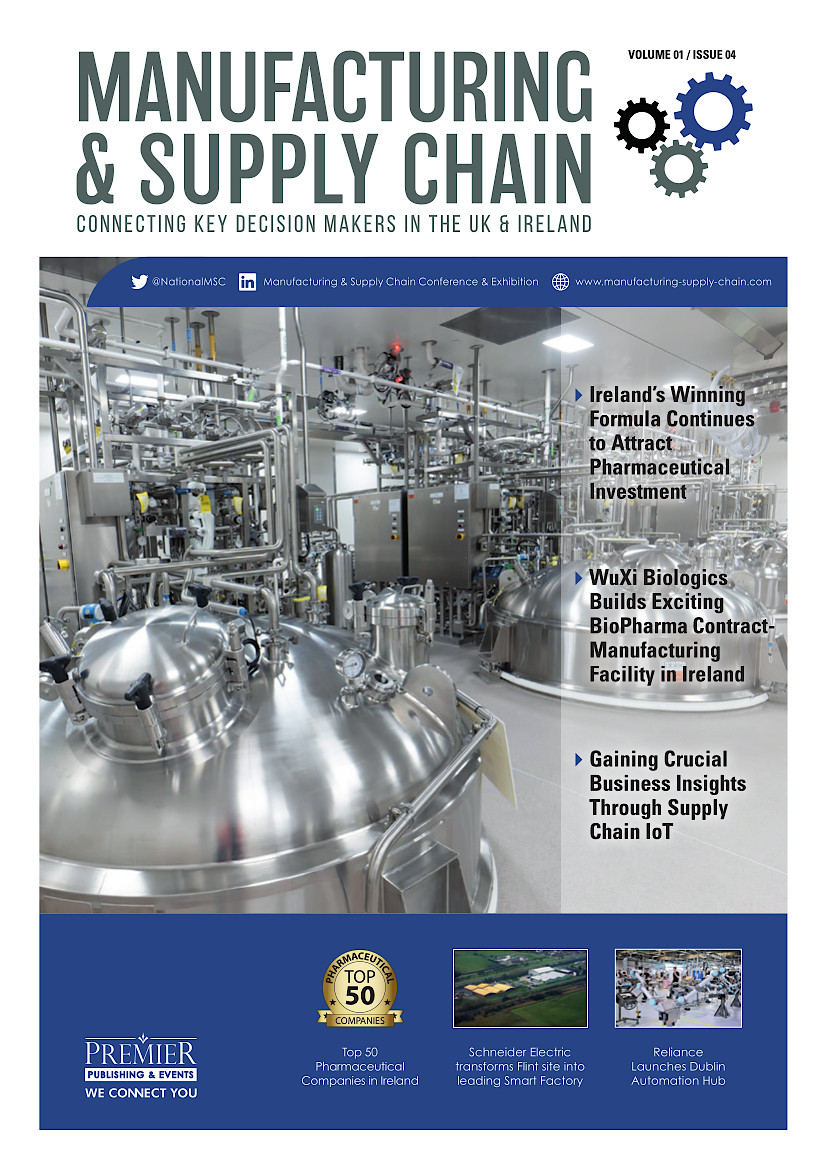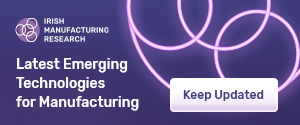Shared Island research highlights potential for growing services trade and enhancing attractiveness to high-value foreign direct investment across the island of Ireland

The ESRI has published two reports titled Cross-border trade in services and Enhancing the attractiveness of the island of Ireland to high-value foreign direct investment. These are the first publications from the ESRI joint research programme with the Shared Island unit of the Department of the Taoiseach on ‘The Economic and Social Opportunities from Increased Cooperation on the Shared Island’.
“Thank you to the ESRI for this work. It’s important that we grasp the opportunities before us, working collectively, North-South and East-West, to grow our economy in new, sustainable and inclusive ways, to build a better Ireland together.”
Cross-border trade in services
The first of the set of economic reports examines the extent of cross-border trade in services on the island of Ireland and the characteristics of the firms participating in this trade. The main services traded include transportation and storage, business services and computer consultancy.
This report aims to fill an information gap on the extent and structure of services trade where data is much more limited compared to the detailed information available on goods trade. A key contribution of the report is a stocktake of the various data sources available on cross-border services trade and recommendations on where these data gaps could be addressed in the future.
- Overall, the report finds that cross-border services trade is considerably lower than cross-border trade in goods. Services make up 26 per cent of the total trade going from Northern Ireland to Ireland and 16 per cent of the trade going from Ireland to Northern Ireland. The low share of services in trade flows from Ireland to Northern Ireland is in contrast with the high overall services content of Ireland’s exports to other markets.
- Ireland is one of the main markets for services trade from Northern Ireland. Sales to Ireland account for 17 per cent of services outflows from Northern Ireland and for 11 per cent of services inflows to Northern Ireland. For trade from Ireland, Northern Ireland accounts for slightly less than 1 per cent of total services exports from Ireland. This reflects the relatively small size of the Northern Ireland economy and the highly export-orientated and FDI-dominated structure of Ireland’s services sector.
- In terms of the balance of trade, we find that more services are exported from Northern Ireland to Ireland relative to those from Ireland to Northern Ireland. Examining the characteristics of services firms active in cross-border trade, the report finds that exporting firms in services are systemically larger and more productive than non-exporters.
The author of the report, Professor Martina Lawless, commented: “The patterns identified in this report suggest that there is considerable scope for expansion of cross-border trade in services. The monitoring of the effectiveness of trade support policies would be greatly improved by expanding and coordinating the information collected on cross-border services flows.”
Enhancing the attractiveness of the island of Ireland to high-value foreign direct investment
The second research report provides novel evidence on factors and policies underlying the attractiveness of Ireland and Northern Ireland to FDI in high-value knowledge-intensive sectors. This research also explores opportunities for policy coordination and cooperation on the island of Ireland that could enhance the attractiveness of both jurisdictions to high-value FDI. The research focuses on new greenfield FDIprojects – new operations established by foreign companies at a new site on the island of Ireland and the rest of the EU and UK over the period 2003-2020.
- The research finds that FDI in high-value sectors in Ireland and Northern Ireland accounts for substantial shares of all new greenfield FDI projects. At over 70 per cent, these shares are higher than the corresponding averages for Great Britain and the EU26 countries. The number of jobs created per high-value FDI project over the period in the two jurisdictions are also higher than the respective averages for Great Britain and the EU26.
- High-value FDI in services dominate in both jurisdictions accounting for 86 per cent of all high-value FDI projects in Ireland and 91 per cent of all high-value FDI projects in Northern Ireland. The corresponding shares for Great Britain and the EU26 are 87 per cent and 80 per cent, respectively.
- Consistent with international evidence, the research results indicate that the attractiveness of a given location in the EU and UK is positively associated with EU market potential, domestic market growth, low labour costs, agglomeration economies in knowledge-intensive sectors, availability of skills, R&D expenditure in the public sector (Government and Higher Education), government funding of business expenditure on R&D, broadband access, low corporate taxation, less restrictive regulations with respect to FDI and less complex business regulations.
- The research report examines a range of possible scenarios for enhancing the attractiveness of both jurisdictions on the island of Ireland to high-value FDI. These relate to factors that can be influenced directly by government policy including R&D expenditure in the public sector, workforce skills, broadband access, and corporate taxation. The estimates suggest that the largest gains in terms of the number of high-value FDI projects that would be attracted to both Ireland and Northern Ireland would be in the case of higher R&D expenditure in the Government and Higher Education sectors. Northern Ireland’s attractiveness to high-value FDI would be also substantially increased in a situation of increased educational attainment of the working-age population.
- Northern Ireland’s continued access to the EU Single Market for goods secured through the Protocol is a key comparative advantage for attracting high-value FDI relative to the other regions in the UK. This is supported by evidence provided in this report indicating that EU market potential is a key driver of the location choice of high-value FDI including high-value FDI in manufacturing.
Professor Iulia Siedschlag, lead author of the report, said: “Taken together, the results of this research suggest that attractiveness to high-value FDI across the island could be enhanced by considering complementarities between Ireland and Northern Ireland, in particular with respect to EU market potential, availability of workforce skills, and investment in R&D in the Government and Higher Education sectors. To the extent that an all-island view on attracting high-value FDI is possible, policy coordination and cooperation in these areas could contribute to maximising benefits north and south on the island.”



























